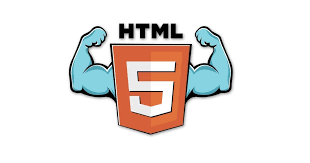Exploring the Lesser-Known HTML Tags

When it comes to web development, most people are familiar with common HTML tags like <div>, <p>, and <a>. However, HTML also includes a variety of lesser-known tags that can add unique functionality and semantic meaning to your web pages.
1. <abbr> – Abbreviation
The <abbr> tag is used to represent an abbreviation or acronym, providing a way to include a full explanation of the term when hovered over by the mouse.<p>The <abbr title="World Health Organization">WHO</abbr> is a specialized agency of the United Nations.</p>
2. <details> and <summary> – Disclosure Widget
The <details> tag creates a widget that users can open and close, and the <summary> tag provides a summary or heading for the content within the <details> tag.<details> <summary>More about HTML5</summary> <p>HTML5 is the latest evolution of the standard that defines HTML.</p> </details>
3. <mark> – Highlight Text
The <mark> tag highlights text, making it stand out from the surrounding content. This is particularly useful for emphasizing key terms or search results.<p>Learning HTML is <mark>fun</mark> and <mark>rewarding</mark>.</p>
4. <figure> and <figcaption> – Figure with Caption
The <figure> tag is used to group media content like images, diagrams, or code snippets, along with their captions provided by the <figcaption> tag.<figure> <img src="image.jpg" alt="A beautiful scenery"> <figcaption>A breathtaking view of the mountains.</figcaption> </figure>
Incorporating these lesser-known HTML tags into your web development toolkit can enhance the functionality and semantic richness of your website. These tags not only help with accessibility and readability but also provide additional context and interactivity for your users